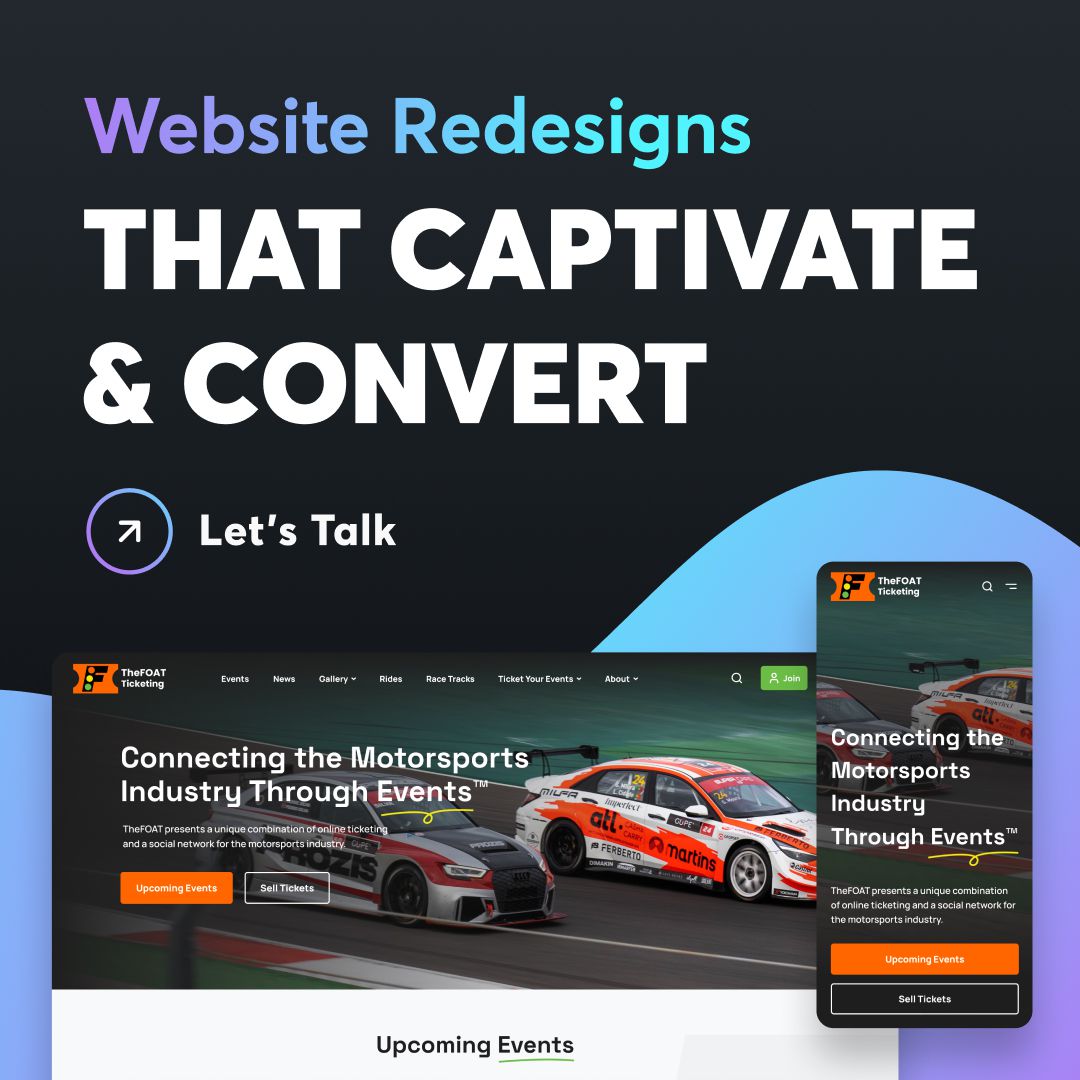In the complex world of web design, there are certain elements and disciplines that, at first glance, might seem related to web design but actually are not. The question then is, “Which of the following isn’t related to web design?”
Keep reading this guide to see the top 5 aspects that, despite common misconceptions, do not directly relate to or contribute to the craft of web design.
1. Search Engine Optimization (SEO)
SEO is often thought to be a part of web design, but it is actually a marketing discipline focused on improving a website’s visibility in search engine results. While web design decisions can impact SEO, and a well-designed website is important for SEO strategies, the practices and techniques of SEO are a specialized field on their own.
If you need help with your SEO, read our guide: 11 Free SEO Tools To Help Increase Traffic To Your Site
2. Content Management Systems (CMS)
A CMS like WordPress or Joomla is a software that helps users create, manage, and modify content on a website without the need for specialized technical knowledge. People sometimes conflate using a CMS with the discipline of web design.
While a CMS can assist in designing a website by providing templates and plugins, the practice of custom web design involves much more than simply configuring a CMS.
3. Mobile App Development
Sometimes confused with mobile web design due to the focus on designing for smaller screens, mobile app development involves creating applications for mobile devices. This requires different programming languages (like Swift for iOS and Kotlin for Android) and an understanding of mobile operating systems.
4. Content Marketing
Unlike web design, which is about the aesthetic and functional aspects of a website, content marketing is about advertising content to reach and engage audiences across various platforms, including blogs, videos, and social media.
While content is certainly used to populate websites with useful information, and in many cases this on-page content needs to adhere to the structure of the web design, content marketing itself is not about making or adding content to a website. It is about advertising and promoting specifically.
5. E-commerce Logistics
Managing the logistics of an e-commerce operation includes inventory management, order fulfillment, shipping, and returns.
While the design of an e-commerce website needs to provide a seamless shopping experience, the logistics involved in e-commerce operations are a separate business function that deals with supply chain management, warehousing solutions, and delivery infrastructure.
Now that we’ve covered what isn’t related to web design, let’s take a look at aspects that are not exclusively related.
User Experience (UX) Principles
While UX principles are integral to web design, they aren’t exclusive because they also apply to the design of physical products, mobile apps, and services.
The focus on user-centered design transcends web design, emphasizing the importance of understanding and designing for the end-user’s experience in any context.
Interactive Design
Interactive design focuses on creating engaging interfaces with well-thought-out behaviors. It’s a key component of web design that aims to make websites visually appealing, functional, and easy to navigate.
However, the principles of interactive design are not exclusive to web design because they apply to a broader range of products, including apps, games, and even physical products like smart devices.
Accessibility Standards
While web accessibility standards ensure that websites are usable by people of all abilities, the concept of accessibility is not limited to the digital world.
The broader field of accessibility includes designing physical products, environments, and experiences that are inclusive and accessible to individuals with a wide range of abilities.
Infographics
While infographics are commonly used in web design to visually present information, their applications extend beyond web design.
Infographics are utilized in a variety of mediums, including print materials (like brochures and reports) and digital content across social media and digital publications.
Not Related to Web Design – Conclusion
The purpose of this guide was to show you commonly misunderstood elements and disciplines that are either not related to web design or are not exclusively related.
If you need help with your website and don’t know what you need or where to begin, visit our Home page. We have several services that can improve your website.










